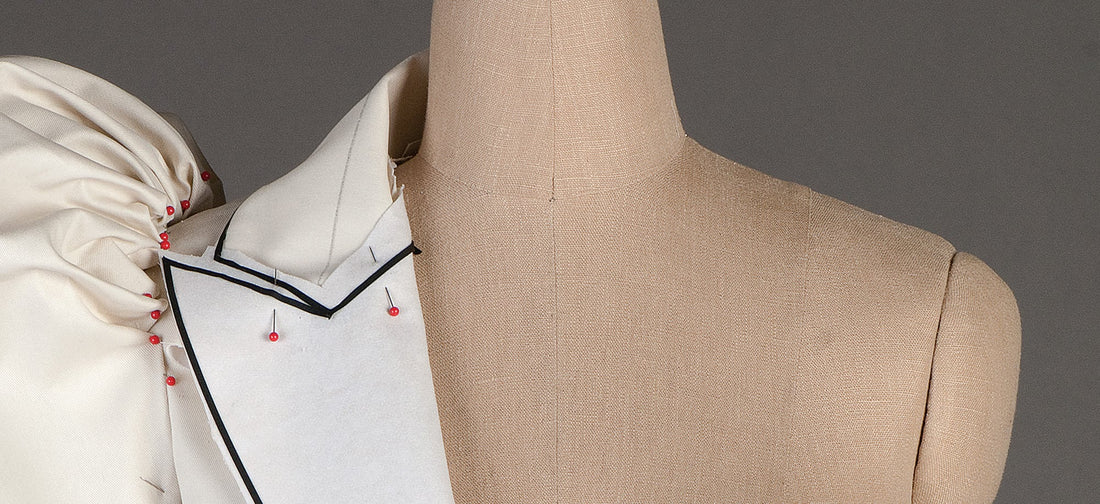The LKP student list is a longstanding and very important part of our publishing remit, producing a comprehensive range of titles which are essential reading for students, as well as being an indispensable resource for their tutors. We caught up with the London-based part of the LKP Student team to find out more…
Please introduce the team!
Kara: Our team includes Kara Hattersley-Smith (Head of Student), Sophie Wise (Development Editor) and Helen Ronan (Commissioning Editor, based in the US).
Can you tell us a bit about the LKP student list and how it has developed?
Kara: LKP has been producing books for students since it was first founded. In the USA we have worked for decades with Pearson Education and McGraw-Hill Higher Education both as a packager and as a co-publisher of their art and humanities textbooks. However in the last 15 years or so we have been developing our own lists of student titles in fashion, architecture, design and art, partly in co-operation with Central Saint Martins but increasingly with authors drawn from colleges and universities around the UK and USA. We strive to produce books that instructors and students alike find engaging, useful and readable as well as to answer a growing demand for supplementary learning material such as videos, slide presentations, additional projects etc.
What can we expect to see from the list this coming season? Which are your standout titles?
Kara: For Spring 2019 we are very excited to be publishing three new fashion titles on Draping, Pattern Making and Sewing by Francesca Sterlacci, all aimed at the beginning fashion student. Each book covers one of the core subjects that any fashion design student needs for their degree and is divided into lesson-by-lesson tutorials illustrated in meticulous detail with step-by-step photographs.
In art, we are publishing Art of Renaissance Florence: A City and Its Legacy by Scott Nethersole. It will be the fifth and final volume in our Renaissance art series. This lavishly illustrated series presents a fresh look at Renaissance art in the key centres of Italy and Northern Europe, showcasing the well known with the unexpected. Each book has been written in such a way as to appeal to university students taking a course in Renaissance art as well as visitors to these places.
There’s a widespread assumption that books aren’t as important to students as they used to be before so much material was available online. Do you think this is the case?
Sophie: Yes, in some ways, but good books have an enduring purpose and appeal. A book has to offer something more than what can be found online. That something more might be as an object or as a carefully curated, carefully edited resource.
Do you think publishers in general have been slow to embrace online learning platforms?
Sophie: No, I think many publishers were quick to embrace new technology, investing in ebooks, digital workbooks etc. But the way people learn hasn’t changed overnight and the return on this investment has been a bit slower than some companies anticipated. I went to an education conference at the London Bookfair earlier this year and this was a point that was made repeatedly: the digital revolution has led to evolution not revolution in education.
What would you say are the key attributes for a bestselling student book?
Sophie: Our bestselling titles combine clear instruction with attractive design and illustration. The students buying our books are all studying visual arts subjects so it is important to them, and therefore to us, that our books have a strong visual approach. This is especially true for Karolyn Kiisel’s excellent book, Draping, or Martin Salisbury and Morag Styles’s beautifully illustrated Children’s Picturebooks, for instance.
Are all of LKP’s student books written by academics and tutors? Can anyone suggest an idea for a book?
Sophie: Most of the books are written by academics but a few are written by designers who do not teach or only do so as guest lecturers. For example, Chris Lefteri, author of the hugely successful Making It, which is about to come out in its third edition, runs his own design studios across the world and is not employed by an academic institution. Often our authors are tutors who also have their own studios, fashion labels etc.
LKP’s student fashion books are very popular… Can you tell us more about the collaboration with University of Fashion?
Kara: This began with our M.D. Laurence King who was impressed by the scale and ambition of Francesca Sterlacci’s University of Fashion, the first and largest fashion design video library in the world. While the step-by-step photography in the books is based on the videos, it has been further enhanced by the addition of catwalk shots, graphs and diagrams. This means that the books can work as standalone volumes as well as in conjunction with the videos.
What’s the most unusual student book proposal that you’ve received?
Sophie: We recently received one on the history of the bra.
What’s your guilty reading pleasure?
Sophie: Too many magazines!
Which book do you wish you’d commissioned?
Kara: The Swerve: How the Renaissance Began by Stephen Greenblatt. It was recommended to me by one of the authors of a book we published on the history of modern East Asia.
See more of our student books, sign up for your 35% student discount, order an inspection copy or just browse for inspiration and advice over at our new student section here.

